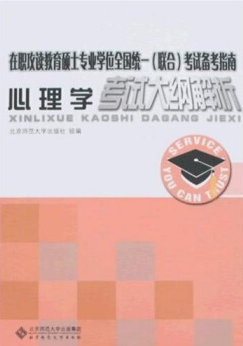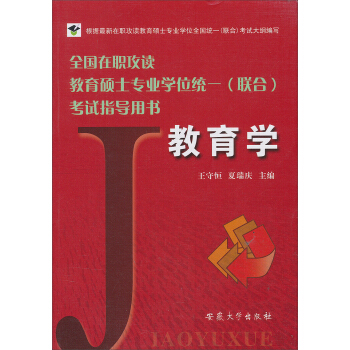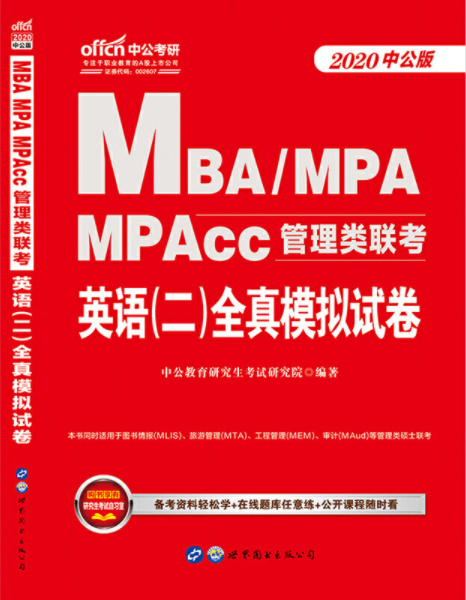 Passage 4
Passage 4
Some day there will be a robot that takes the drudgery out of housework– and even cleans windows, but how soon such a robot will emerge is anybody‘s guess. Mr. Joseph Engelberger, President of Unimation, Inc., which makes industrial robots, says a workable domestic robot might take shape by the late 1980s, but Mr. Ben Skora, an amateur robot builder now working on his second creation, predicts household robots in about fifty years, and the Director of Stanford University’s Artificial Intelligence Laboratory, Dr. John McCarthy, says domestic robots are anywhere from five to five hundred years away.
Although robots are already widely used in industry– from welding car parts to handling explosives– the gap between the industrial robot and a domestic one is great, according to Dr. McCarthy. Closing the gap will require an intellectual break-through.
“Take the task of clearing the table and washing the dishes,”he suggested.“The robots will have to be able to discriminate between rubbish and dishes that should be washed and, meanwhile, not trip over the dog or baby on the floor on its way to the dishwasher.”
He said that the robot, which he defines as a general purpose physical action machine that is automatically controlled, probably will not end up looking anything
like a human being. Instead the robot might have a central“brain”that controls a whole army of bodies, like a staff of servants, each assigned to a specific duty.
Mr. Engelberger thinks the domestic robot is right around in corner, just waiting for an economic boost to help it over the remaining technological hurdles. He expects the household robot to be modeled after an industrial forebear.
“But the person who wants a robot will have to build this world around it,”Mr. Engelberger said. For example, a fellow building a house might spend twenty-five percent more to have it“robotised”。 Such a“robotised”house probably would have to be free of stairs and other encumbrances (障碍物) that could trip a near-sighted robot, would provide special sockets (插座) for it to plug into, and would contain a“pantry”(餐具室) where the robot‘s brain and tools would be stored.
He added that the robot would probably have to use (by means of a sophisticated TV camera ) and have a sense of touch to do housework. It could even be programmed for some superhuman tasks, such as acting as a smoke-detector that would alert a family to a fire and then fight it.
51. The day domestic robots come into being is _________.
A. coming very soon
B. definite
C. impossible
D. uncertain
52. A domestic robot differs from an industrial one in that it _________.
A. will be much more effective
B. will be more intellectual
C. will be automatically controlled
D. will be more energy-saving
53. Mr. Engelberger deems that what hinders the development of domestic robots is the lack of _________.
A. Money br
B. time
C. technology
D. energy
54. Mr. Engelberger thinks that the industrial robot _________.
A. is more useful than the domestic robot
B. is completely different from the domestic robot
C. is more complicated than the domestic robot
D. is likely to be used as a model for the domestic robot.
55. Which of the following is not true according to the passage?
A. Domestic robot will undertake some hard, unpleasant and uninteresting housework.
B. Domestic robot will be designed human-like.
C. The using of industrial robot is pervasive now.
D. The future domestic robot should have great adaptability
Passage 5
The U.S. court system, as part of the federal system of government, is characterized by dual hierarchies: there are both state and federal courts. Each state has its own system of courts, composed of civil and criminal trial courts, sometimes intermediate courts of appeal, and a state supreme court. The federal court system consists of a series of trial courts (called district courts) serving relatively small geographic regions (there is at least one for every state), a tier (系列,等级) of circuit (巡回) courts of appeal that hear appeals from many district courts in a particular geographic region, and the Supreme Court of the United States. The two court systems are to some extent overlapping, in that certain kinds of disputes (such as a claim that a state law is in violation of the Constitution) may be initiated in either system. They are also to some extent hierarchical, for the federal system stands above the state system in that litigants(诉讼当事人)(persons engaged in lawsuits)who lose their cases in the state supreme court may appeal their cases to the Supreme Court of the United States.
Thus, the typical court case begins in a trial court– a court of general jurisdiction (司法) in the state or federal system. Most cases go no further than the trial court for example, the criminal defendant is convicted (by a trial or a guilty plea) and sentenced by the court and the case ends; the personal injury suit results in a judgment by a trial court (or an out-of-court settlement by the parties while the court suit is pending (悬而未决的)) and the parties leave the court system. But sometimes the losing party at the trial court care enough about the course that the matter does not end there. In these cases, the“loser”at the trial court may appeal to the next higher court.
56. What does the passage mainly discuss?
A. Civil and criminal courts.
B. Typical court cases.
C. The court system in the U.S.
D. The appeal court process.
57. In the last sentence of the first paragraph, the phrase“engaged in”could best be replaced by which of the following?
A. Committed to.
B. Involved in.
C. Attentive to.
D. Engrossed in.
58. The passage indicates that litigants who lost their cases in the state trial court may take them to a __________.
A. different trial court in the same state
B. court in a different geographic region
C. federal trial court
D. state supreme court
59. It can be inferred from the passage that typical court cases are __________.
A. always appealed
B. usually resolved in the district courts
C. always overlapping
D. usually settled by the Supreme Court
60. Which of the following is most likely to be the subject of the paragraph following the passage?
A. the process of an appeal.
B. out-of-court settlements.
C. The state court structure.
D. Sentencing procedure.
















